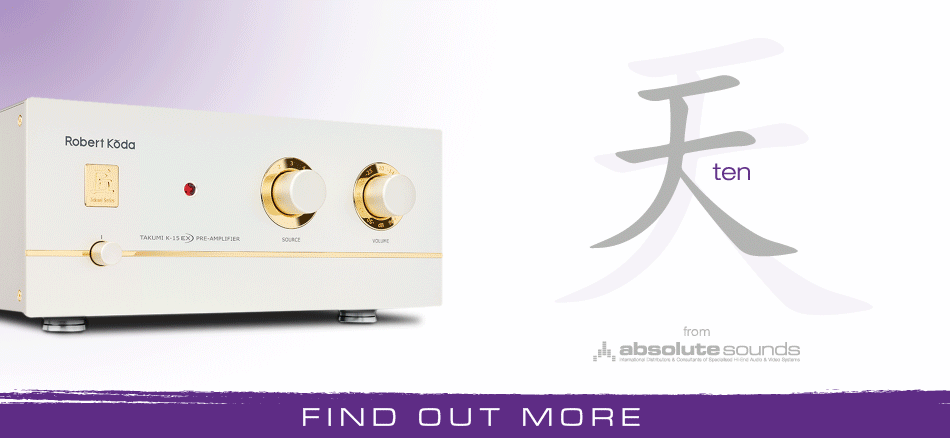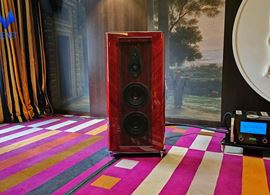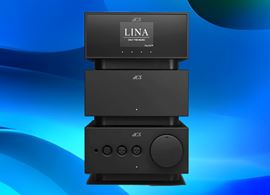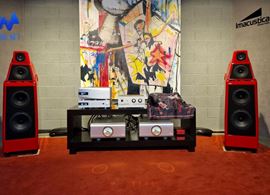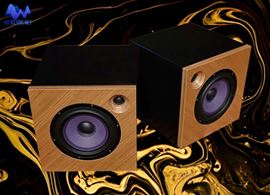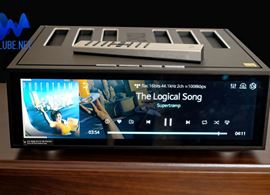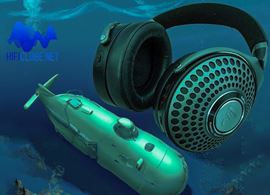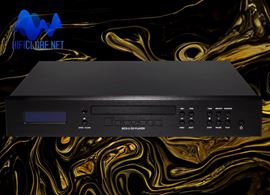In this brief summer comparison, we will put two affordable models head-to-head: the Meze Alba (wired), which has excellent construction and sound, and the Cambridge M100 (wireless), which has identical sound quality and excellent versatility.
Choosing between wired and wireless models can be tricky in the world of in-ear headphones (IEMs).
Before we start, allow me to get something off my chest, which is also a disclaimer: I hate having acoustic ‘suppositories’ stuck in my ears. And I get annoyed when I take the headphones out of their carrying case, and the cables are always tangled up. Does it happen to you too?
Even more annoying is that I never find the correct adapter for my ear holes, and the IEMs either fall out, or just don’t fit well. Having the perfect fit for over-ear headphones is essential. Still, it's even more crucial for in-ear monitors (IEMs), as this can significantly affect sound quality, especially bass performance. That's why two people may have different opinions about the same pair of IEMs.
However, I admit that they are very practical and easy to transport, and the sound they produce is improving.
It's no wonder that at the Munich High-End Show, there was a space exclusively dedicated to IEMs—and some of them are real luxury fashion accessories, costing a thousand euros or more, and the competition is fierce.
I spent an hour there looking for new models and taking photos. Still, as I explained above, I rarely try them on for hygiene reasons, even if the silicone tips are allegedly replaced between auditions to avoid sharing biological material, i.e. wax.
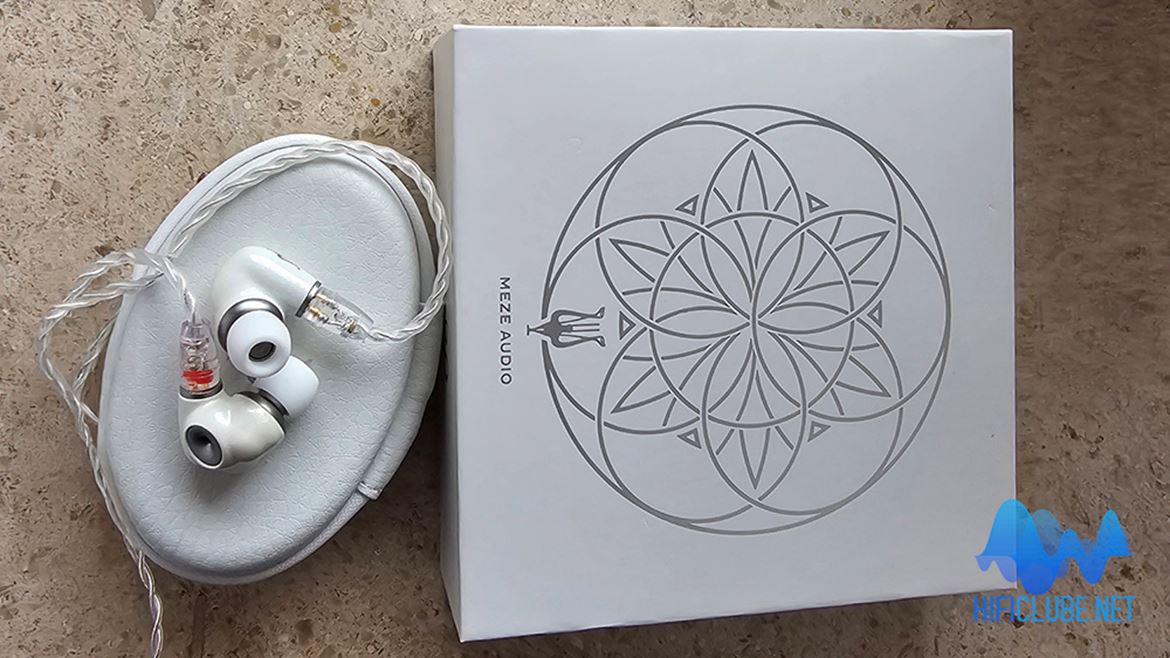
Meze Audio has adapted the biblical expression ‘Fiat lux’ to ‘Fiat Sonus’ with the Meze Alba
‘Fiat lux, fiat sonus’!
Romanian has Latin roots, and Alba means dawn or the ‘first light’ of the morning. So, Meze Audio has adapted the biblical expression ‘Fiat lux’ to ‘Fiat Sonus’ with the Meze Alba wired headphones. They are an affordable version (€159) of the famous ADVAR (€699) and, therefore, aimed at young audiophiles who listen to music with smartphones or dongles (ultra-portable DACs).
Meze ALBA
The ALBAs come in a small cardboard box containing a braided cable with two-pin plugs + 3.5mm jack; a USB-C adapter for smartphones with a 3.5 mm female jack (with dongle DAC); a small synthetic leather carrying case, from which the cable comes out all tangled up (what else?), and silicone tips of various sizes to adapt to the ear canal. The cable's two-pin plugs fit snugly into the earphones, but I'm afraid that inadvertent tugging could remove or even break them.
The ALBAs, which have a single 10.8 mm driver and an impedance of 32 ohms, are made from lightweight aluminium and zinc alloy and weigh just 6.5 g (each).
The ALBAs are white, lightweight, and small, not protruding from the ears. When fitting the cable, position it around the top of the ear. The tips could be made of more adhesive silicone to prevent slipping off, as good insulation is essential for better acoustic performance.
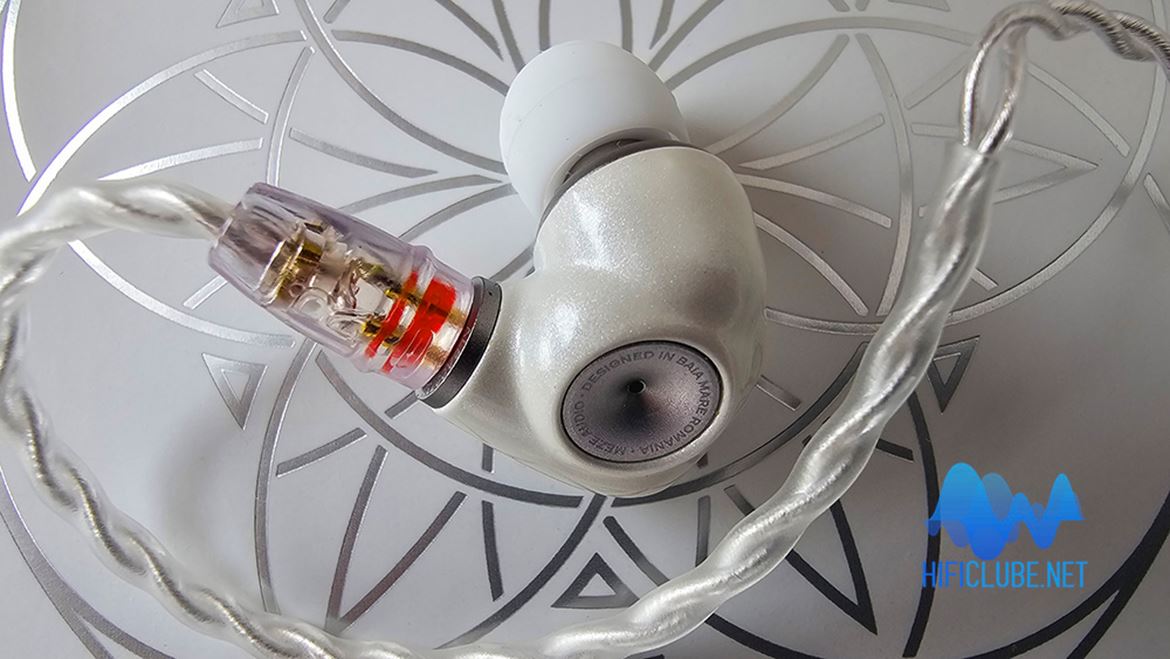
The tips could be made of more adhesive silicone to prevent slipping off.
No thrills IEMs
I liked the sound, which is remarkable for earphones at this price: the ALBAs offer a pure, wired listening experience with neither the complexities of wireless features like batteries, amplification, and noise cancellation nor, alas, the convenience of a Control App. However, they have the advantage of stability and total absence of latency, which is ideal for watching videos or playing computer games.
The little ‘dongle’ in the adapter is an excellent idea. Still, the ALBAs only really showed their worth when I connected them to the incredible iFI Audio GO Bar ‘Kensei’, which, in addition to power, gives them the bass boost (Xbass) and spatiality (xSpace) they lack.
The sound is natural, dynamic, and transparent, with the promised clarity of morning light. The treble is present but without harshness; the mid-range is free of glare (hardness), and the bass is controlled and well-defined, although without the extension of the best (and most expensive) models on the market. The bass improves significantly if you fit them well in your ears.
If computer games are your thing, it's best to try them out first as they lack subterranean power; if jazz and classical music (and why not rock?) are your idea of a few hours well spent, you can buy in the dark.

I am writing this summer review on the beach.
Cambridge M100
Cambridge Audio would not let its credit go to waste, and these M100 wireless headphones have it all for just €169:
- Immersive Sound – with aptX Lossless and customisable EQ
- Extended Play Battery – up to 10hrs + 23 (ANC on), 16 + 36 (ANC off)
- Active Noise Cancellation – adaptive hybrid with 3 modes + transparency
- Comfort Fit – choice of 5 pairs of ear tips, in silicone and foam
- aptX Adaptive – interruption-free sound up to 24bit/96kHz
- Bluetooth 5.3 – with greater speeds & data capacity for music transmission
- Clear Voice Capture – Qualcomm 3 mic cVc separates your voice from environmental noise
- Latency reduction mode
- Mono mode
- Sleep mode
- 10 mm driver
- A/B amplification
- Weight: 6,65g (each)
- Touch control
- Control App - with 7-band graphic equaliser
I had the same problem getting them into my ear canal as I do with all other acoustic ‘suppositories’. However, the M100s come with three silicone tips and two foam tips, and I found the best solution for my ears (foam) by trial because, unlike the Devialet Gemini, the app doesn't have a fitting test.
The M100s are made of plastic and slightly lighter than the metal alloy made ALBAs; hence, they are probably less durable.
As I don't particularly appreciate listening to music with IEMs for extended periods, I find it challenging to make sound comparisons. They're all the same to me, which means they're all uncomfortable to my ears.

The M100s are a blast
But while you put the ALBAs in your ears and that's it, the M100s are a blast: I listened to music, with and without noise reduction (it works!), paused and changed tracks with short or long taps on the L/R bud, talked to Voice Assistant, answered phone calls, equalised the sound to my liking with the control App, and put the ALBAs in Transparency mode to hear what was going on around me, all this with a lovely female voice telling me in impeccable English which function ANC or other I had activated.
I can turn off the voice or use tones instead. Several languages are available, but not Portuguese. Will you see to it, please, Cambridge Audio. Not Brazilian, European Portuguese.

And the sound? A cable connection is always a cable connection, so the ALBAs sound better, especially in the treble. But the M100s are much more versatile. Although the sound is more homogeneous regarding timbre and dynamics, it is close behind and can always be equalised to taste.
And I'll stop here because I am writing this summer review on the beach, and now I am going for a dive. By the way, the M100s are also splash-proof (not waterproof, mind you)!
Conclusion: the choice here is independent of the price or sound quality, which is identical. Above all, it depends on your priorities: stability or versatility? In this case, I'm going for versatility: Cambridge M100.

